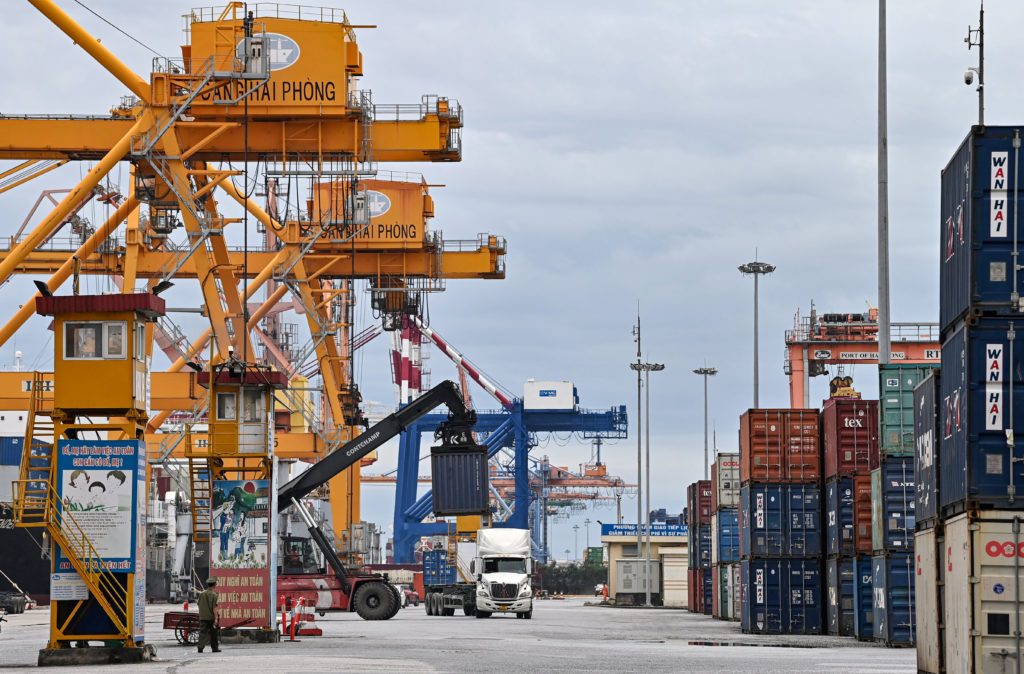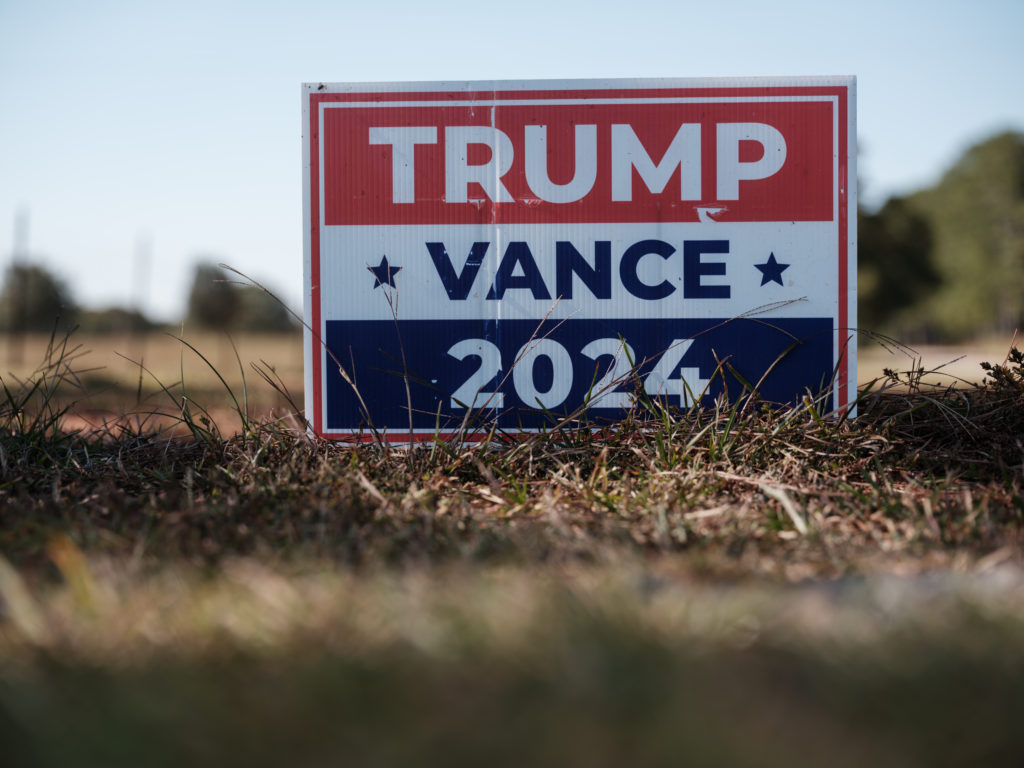The so-called “poison pill” Twitter has proposed to use against Elon Musk’s potential hostile takeover is a mechanism with a proven track record that could force the outspoken entrepreneur into negotiations.
To halt a takeover, the board plans to activate the pill if the Tesla CEO comes to own more than 15 percent of Twitter.
He already holds 9.2 percent of the company, and said Thursday he has ready the $46.5 billion necessary to make an offer for the rest.
Such a “pill” would allow other Twitter shareholders to purchase shares at half price, increasing the amount of shares in circulation and weakening Musk’s influence.
It would then be nearly impossible for him to take total control of the company without having to spend significantly more than he had originally planned.
“The dilution created by this defense has generally served its intended deterrence effect,” explained Eric Wehrly, associate professor of finance at Western Washington University.
The “poison pill” was invented 40 years ago by business lawyer Martin Lipton to counteract a wave of hostile takeovers on Wall Street.
“It was the age of the corporate raiders,” Lipton explained to the media site The Deal in 2011, from investors such as Carl Icahn to Kirk Kerkorian.
Quickly contested in court, the practice was declared legal for the first time in 1985 by the Delaware Supreme Court — a tax friendly state where Twitter, although officially based in Californian, is incorporated.
“Delaware is the home to roughly half of publicly traded companies in the US and has fairly well established law regarding the implementation of poison pills,” said Jon Karpoff, a finance professor at the University of Washington.
“Unless there’s something unusual about Twitter’s pill, which I would highly doubt… Musk would be unlikely to have a successful legal challenge,” he said.
Boston College associate law professor Brian Quinn doesn’t think the issue will even end up in court.
“Elon Musk has no case,” he said.
– Negotiate and rally –
An alternative to acquiring the majority of the company would be for Musk to change the makeup of the board, according to Quinn, installing new members more in line with his vision for Twitter.
But the agenda for Twitter’s next general meeting, on May 25, is already set, meaning Musk would have to wait until the next general meeting in 2023 to even bring it up.
And the board of directors can only be removed in batches, anyways.
Some members’ terms are up this year, while others will remain in their position until 2023, 2024 or 2025.
Musk wouldn’t be able to win over a majority of the board until at least 2024.
According to Quinn, “there’s no record of an acquirer overcoming the pill by replacing the board through two successive elections.”
“The only option for an acquirer is to negotiate with the board of directors,” Quinn said, presumably by proposing an even higher offer, but without any guarantee of success.
And in the event of a negotiation, Musk wouldn’t be able to count on the support of former Twitter head and co-founder Jack Dorsey, unless there is a quick resolution.
Dorsey, who has previously expressed affinity for the billionaire, announced after his resignation in November that he would not run for another term as director and would step down after this year’s meeting.
In tandem with the official negotiations, Musk would have to start making his case to shareholders, according to Karpoff, a task which has already begun — mainly by tweeting.
“And I think his personal popularity among a lot of people will help them in that,” Karpoff said.
“I wouldn’t be surprised if we even got a bunch of retail investors involved in struggling to acquire Twitter shares, and joining the attempt to pressure board members to strike a deal with Musk.”









